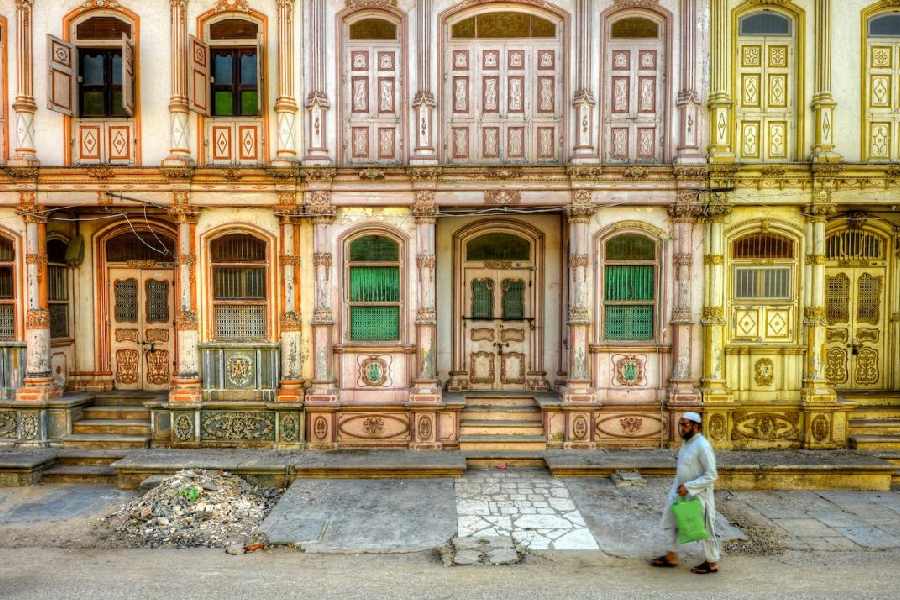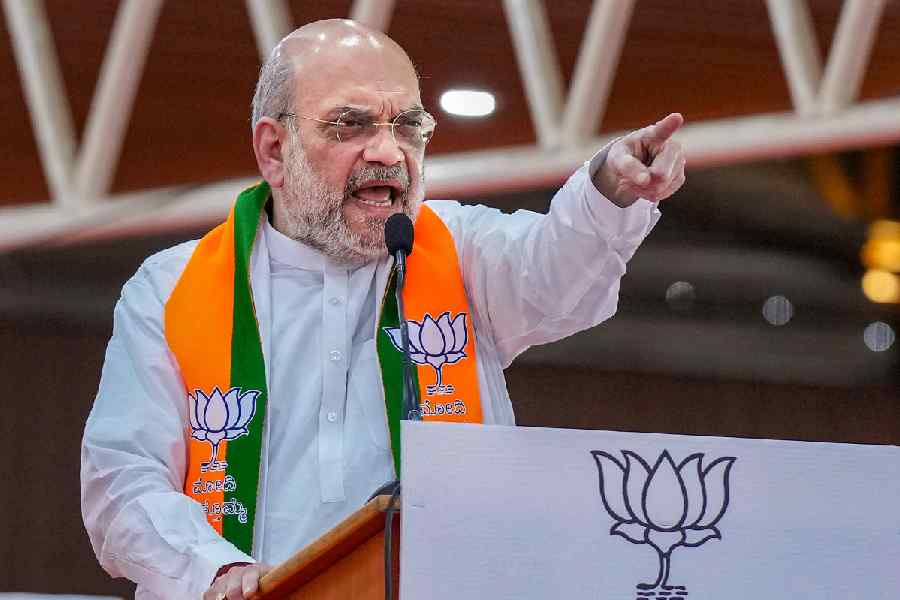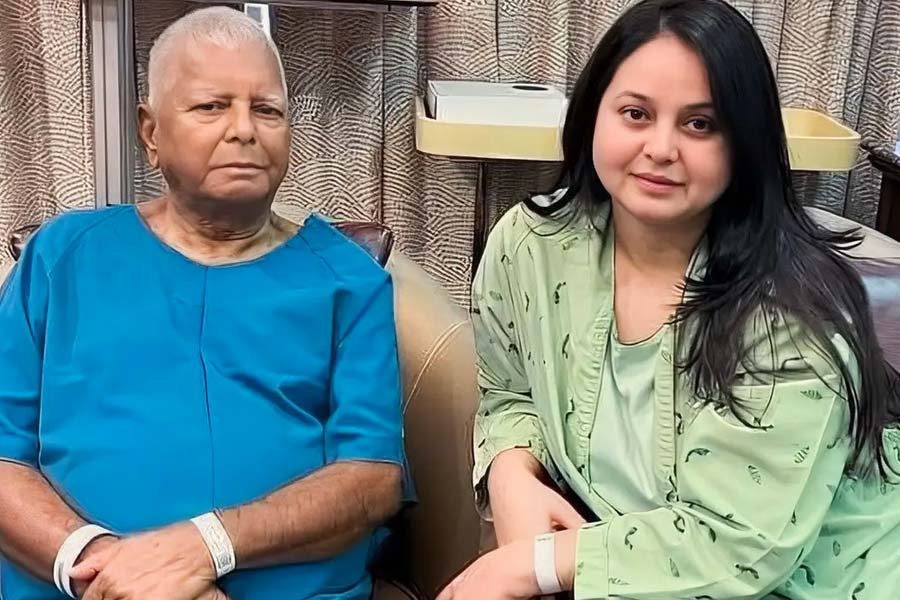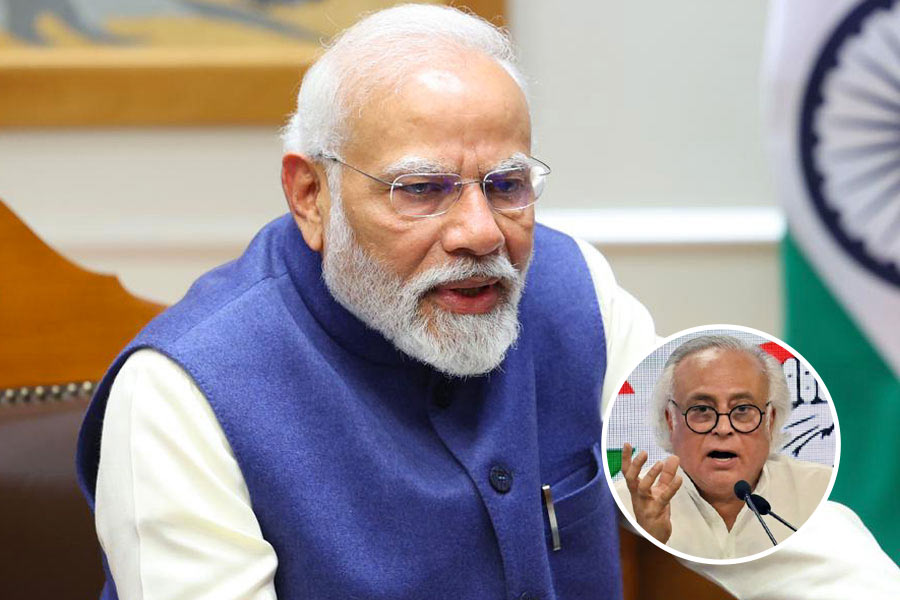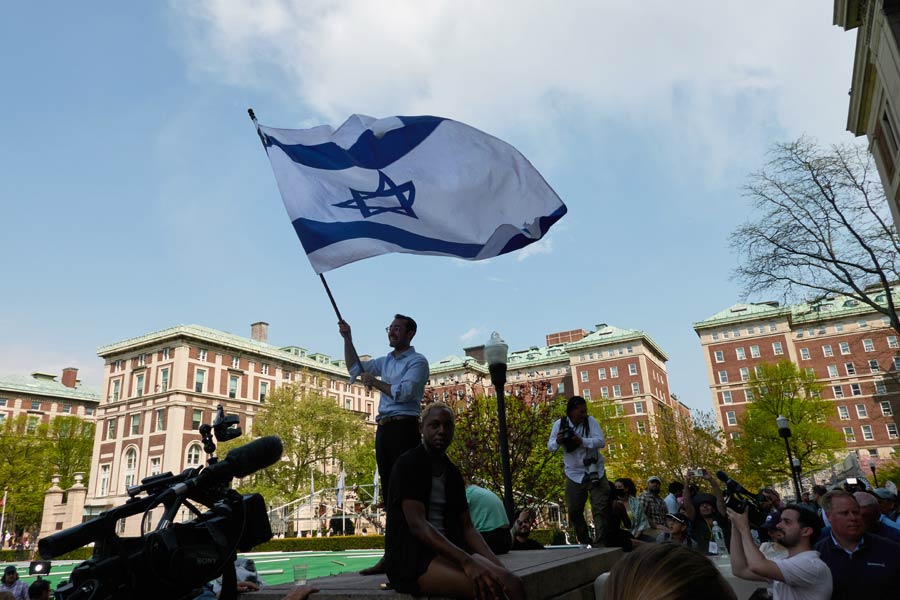Book: NO BIRDS OF PASSAGE: A HISTORY OF GUJARATI MUSLIM BUSINESS COMMUNITIES, 1800-1975
Author: Michael O’Sullivan
Published by: Harvard
Price: Rs 799
A sleepy pilgrim town called Sidhpur in the Patan district of Gujarat has now become a major site of global tourist attraction. Tucked away in a corner of the old precincts of the town is a spectacular residential enclave of the Dawoodi Bohras, a trading community that flourished in the region from the 1890s to the 1930s. The Bohras built elegant mansions made of wood and stone with stuccoed facades, ornate pilasters, trellised balconies and gabled roofs. These Victorian-style row houses are now completely empty. Apart from being a rare visual treat in an otherwise crumbling town, these empty mansions bear witness to a remarkably rich history of the community recorded in this book that studies the Dawoodi Bohras, along with Khojas and Memons, as a distinctive group of closely-knit endogamous mercantile castes that enjoyed a spectacular record of success in both regional and maritime trade from the early 18th century onwards.
The Khojas, Memons and Bohras lived in the region identified by Michael O’Sullivan as “Greater Gujarat” that included Kutch, Kathiawar, Rajasthan and Lower Sind. Their community narratives described them as descendants of formerly Hindu trading castes who were converted to Islam by Shia missionaries in the 13th century. Their names were derived on conversion, with Bohra derived from ‘vohra’ or trader, Khoja from ‘khwaja’, and Memon from ‘mumin’. It must be noted here that the Memons were the only Sunni group among the three.
The three collectively constitute 1% of the Muslim population of South Asia today. But since the third decade of the 19th century, they acquired an economic prominence vastly disproportionate to their numbers. This was largely because their trading activities, first, in the regional and global cotton textile circuits and, later, in the opium networks, made them active participants in the complex circuits of trade and finance that birthed 18th-century capitalism and a new Indian Ocean economy. They occupied what were deemed to be the interstitial spaces or the ‘middle-power’ among the Dutch, the French and the British mercantile companies. They used their political clout to extend their trading activities with proselytising initiatives in the port cities of Southeast Asia and East Africa.
The largest groups among them lived and operated from Surat but many migrated to Aden, Yemen, China, Malaya, Singapore, Japan and Zanzibar. They spoke Urdu and Gujarati with equal ease. Their fortunes grew steadily from about the 1830s up to the Great War, but the Depression that followed broke their businesses and eroded the wealth they had accrued over decades. They were unable to cope with endemic market shocks, litigations, and the complex web of obligations that sustained their trans-imperial businesses in Asia and Africa. This was also a time when the rising tide of anti-colonial nationalism and swadeshi on the one hand and the emergence of a distinctive Muslim politics on the other challenged these groups to recalibrate their relationships with the colonial State, mainstream Islam and non-Muslim communities at large. O’Sullivan charts the ebbs and the flows of the economic fortunes of these groups by focusing on the complex social, economic and religious bonds that held them together through their jamaats, or a kinship of believers. The jamaats came to define the ‘life-worlds’ of these communities in three distinctive ways: as economic entities that acted as depositories of individual capital and collective assets, as legal entities that acted as arbiters in conflicts among colonial law, customary practice and Islamic jurisprudence and, finally, as social entities that regulated the personal lives of members through decisions on marriage, inheritance and succession as wells as on the terms of participation in anti-colonial and pan-Islamic politics.
The author’s groundbreaking intervention in what is a much longer debate on Islam’s tryst with Western capitalism is his study of the jamaat through the analytical category of the ‘corporation’. He concedes this is contentious terrain, but argues compellingly that the legal, social and economic character of the jamaat in all these communities has a story to tell not only about the entanglements of caste, community and capital in non-Western contexts but also about the plural, heterogenous lives of South Asian Islam and its volatile relations with colonial and post-colonial States as both beneficiary and victim.
This is an audacious scholarly conversation between received categories of classical political economy and South Asian Islam that is likely to provoke debate among specialists in the field. For the general student of history however, it is a book that demands close attention for its outstanding contributions to the craft, both in its expansive approach toward the archive as in its deft interweaving of religion, culture and politics within the complex terrain of capitalist enterprise and law. The structure, prose and narrative richness of the book are likely to ensure a life for it outside the scholarly niche of economic history.

